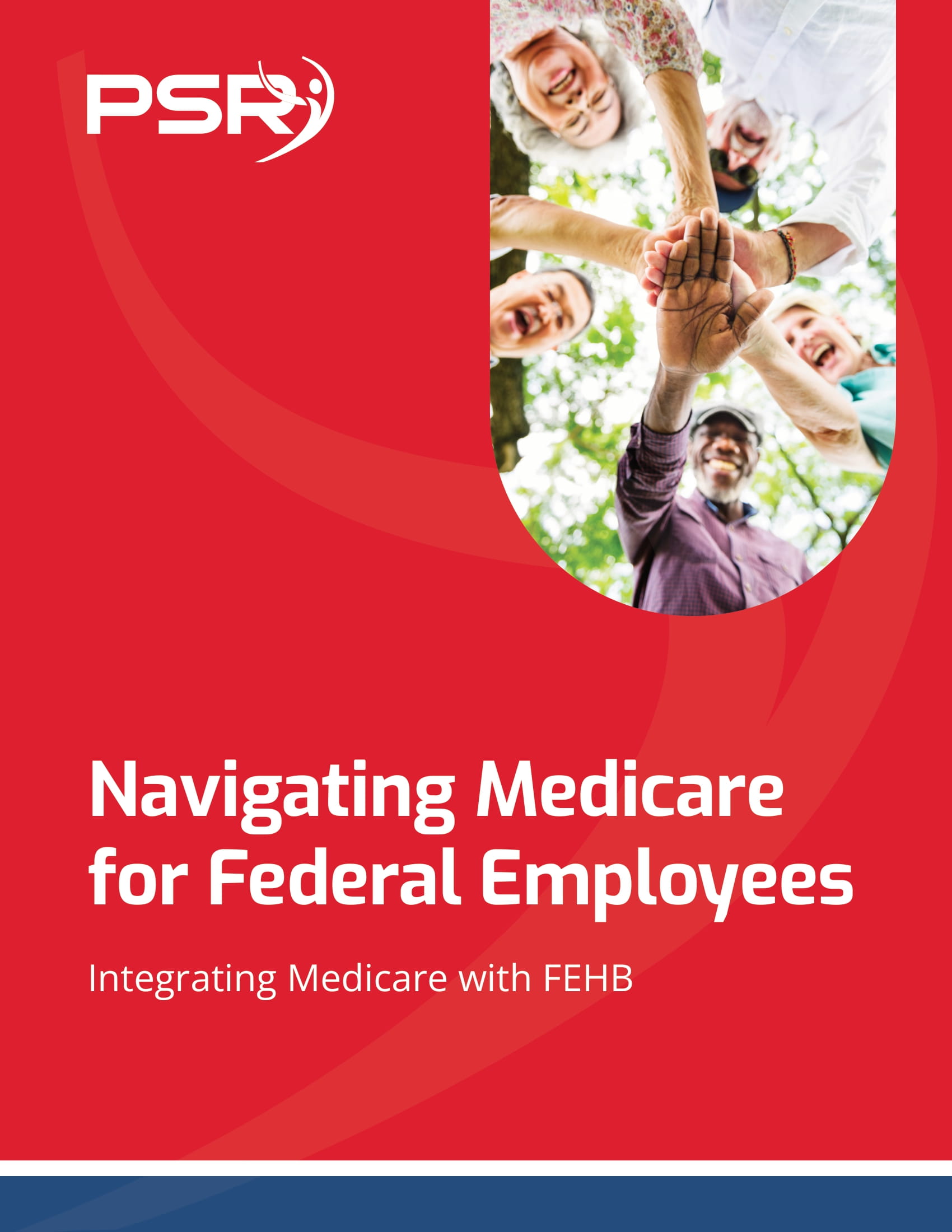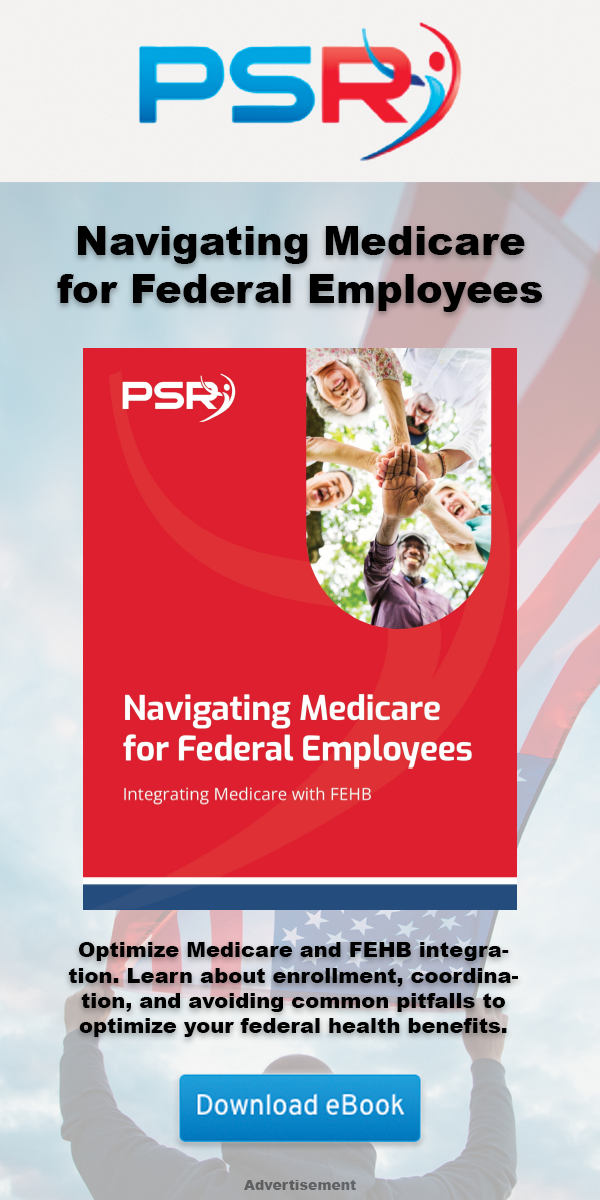Key Takeaways
- Changes to Medicare enrollment this year could significantly impact your healthcare options and costs as a federal employee or retiree. Stay informed to avoid penalties and maximize your benefits.
- Special deadlines and new requirements mean you should act during specific enrollment periods to ensure seamless coverage and avoid gaps.
Understanding Medicare Basics
- Also Read: Are You Eligible for the Federal Employee Retirement System (FERS)? Find Out Here
- Also Read: Why TSP Withdrawal Options Might Be More Flexible Than You Think for Federal Retirees
- Also Read: The Top Federal Employee Benefits You Should Be Tapping Into Right Now
Medicare has four parts:
- Part A: Covers hospital services. Many qualify for this at no additional cost.
- Part B: Covers outpatient care, with premiums based on income.
- Part C (Medicare Advantage): An all-in-one alternative to Original Medicare.
- Part D: Covers prescription drugs, often requiring a separate premium.
Enrollment Periods: Don’t Miss Your Window
Medicare enrollment is structured around specific periods, and missing these can lead to costly penalties or gaps in coverage. This year, several key dates and deadlines demand your attention.
Initial Enrollment Period (IEP)
Your IEP is a seven-month window that begins three months before your 65th birthday month and ends three months after. Enrolling during this period helps you avoid late penalties and ensures your coverage starts promptly.
General Enrollment Period (GEP)
If you miss your IEP, the GEP runs from January 1 to March 31 each year. However, this option often includes late enrollment penalties, and coverage doesn’t begin until July 1 of the same year.
Special Enrollment Period (SEP)
As a federal employee or retiree, you might qualify for an SEP. This applies if you’re transitioning from active federal employment and losing employer-sponsored health coverage. SEPs allow you to enroll without penalties outside standard enrollment windows, but you must act quickly—eligibility typically lasts eight months from when your coverage ends.
Medicare Changes Impacting Federal Employees
This year introduces important changes to Medicare enrollment, including updated coordination rules with FEHB and PSHB programs, adjusted costs, and expanded flexibility for certain enrollees.
Coordination with FEHB and PSHB
For postal employees and retirees, the shift to the PSHB program requires you to pay close attention to Medicare enrollment. If you’re eligible for Medicare Part B, enrollment is mandatory to maintain your PSHB coverage. For federal employees under FEHB, Medicare remains optional but offers potential savings and broader coverage when combined with your existing plan.
Adjusted Costs for 2024 and Beyond
While Medicare Part A remains premium-free for most, Part B premiums and deductibles have increased slightly. The standard Part B premium is now $174.70, and the annual deductible is $240. These changes might influence your budget planning if you’re retiring or already on a fixed income.
Flexibility in Medicare Advantage Enrollment
Federal retirees who choose Medicare Advantage now benefit from added flexibility during the Medicare Advantage Open Enrollment Period, running from January 1 to March 31. If your current plan doesn’t meet your needs, this window allows you to switch plans or return to Original Medicare.
Why Federal Employees Should Consider Medicare
As a federal employee or retiree, you might wonder whether enrolling in Medicare is necessary. The decision depends on your individual circumstances, but there are clear advantages to combining Medicare with your federal health benefits.
Reducing Out-of-Pocket Costs
Medicare can significantly lower your out-of-pocket expenses, particularly for hospital stays and specialist visits. FEHB or PSHB plans often cover services that Medicare doesn’t, creating a seamless safety net for your healthcare needs.
Access to Comprehensive Coverage
While FEHB and PSHB offer extensive coverage, Medicare fills critical gaps. For instance, Medicare may reduce the cost of services like durable medical equipment, outpatient procedures, and home health care that could otherwise strain your budget.
Avoiding Penalties
Enrolling in Medicare Part B when first eligible ensures you avoid late enrollment penalties. For every year you delay Part B without other creditable coverage, your monthly premium increases by 10%, potentially for life.
Key Steps for a Smooth Enrollment
Assess Your Current Coverage
Take a close look at your FEHB or PSHB plan. Compare its costs and benefits against what Medicare offers. While FEHB and PSHB often provide excellent coverage, Medicare might be the better option for certain services, especially as healthcare needs evolve.
Plan Ahead for Enrollment Periods
Mark critical deadlines on your calendar, and don’t wait until the last minute to make decisions. If you’re eligible for both FEHB or PSHB and Medicare, ensure your enrollment timelines align to prevent coverage gaps.
Factor in Retirement Timing
If you’re nearing retirement, remember that your status as an active employee affects your Medicare requirements. Active employees often delay enrolling in Medicare Part B because FEHB serves as creditable coverage. However, once you retire, Medicare usually becomes the primary payer, making timely enrollment essential.
Common Pitfalls and How to Avoid Them
Relying Solely on FEHB or PSHB
It’s tempting to stick with what you know, but ignoring Medicare altogether could cost you more in the long run. FEHB and PSHB plans may not fully cover some essential services, leaving gaps in your healthcare safety net.
Overlooking Part D
If your current plan doesn’t include robust prescription drug coverage, you might need Medicare Part D. Ignoring this could lead to penalties or higher out-of-pocket costs for medications later.
Misunderstanding Coordination of Benefits
Medicare and FEHB/PSHB plans have specific rules for coordinating benefits. For example, Medicare becomes the primary payer after you retire, but your federal health plan may still offer secondary coverage. Misunderstanding these rules could lead to denied claims or unexpected expenses.
Staying Informed Is Your Best Defense
With the complexities of Medicare and federal benefits, staying informed is essential. Changes to enrollment rules, costs, and coverage options can affect your healthcare decisions. Take advantage of resources like plan comparison tools and official Medicare guides tailored for federal employees to make informed choices.
What This Means for You
Medicare enrollment might feel overwhelming, but it doesn’t have to be. By understanding your options, planning ahead, and avoiding common pitfalls, you can ensure a smooth transition to Medicare while maximizing your federal benefits. Whether you’re actively employed or enjoying retirement, these decisions will have a long-term impact on your healthcare costs and peace of mind.









